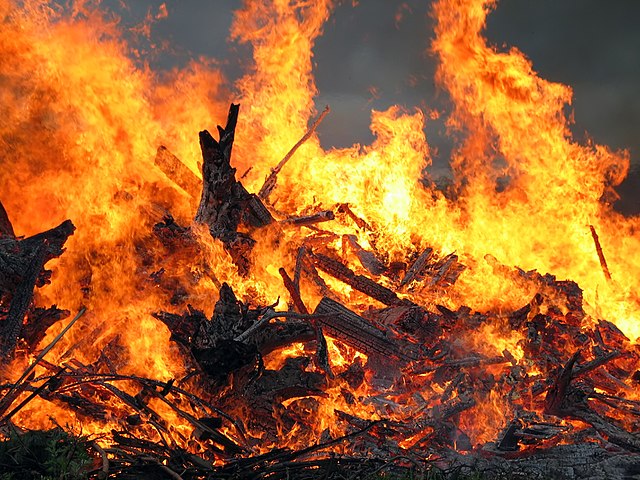Most commonly known to be the longest day of the year, the summer solstice has been celebrated since the Stone Age. The holiday falls between June 20 and 22 each year, with this year’s observance being Thursday, June 20.
Scientifically, the solstice occurs when the sun travels its longest path. This is when the sun is the farthest in the northern hemisphere.
The summer solstice is the start of the astronomical summer, as days begin to become shorter into the year. It is believed that neolithic civilizations may have observed the solstice as an agricultural and geographical indicator — using it to determine when to plant crops and measure the water in rivers.
The solstice has its roots in the practices of many ancient societies. Romans celebrated Vesta, the goddess of the hearth, during this time. Similarly, in ancient Greece Cronus, the god of agriculture was honored.
In ancient China, a celebration was held to honor the force known as yin. Vikings also had customs associated with the solstice, using the time to resolve conflict. German, Celtic and Slavic pagans celebrated the solstice with large bonfires in hopes of a bountiful harvest.
Get The Daily Illini in your inbox!
Bonfires are one of the many summer solstice traditions that are practiced today. Lighting a bonfire is believed by some to bring good luck because of the ashes, which are said to ward off evil. It is also common to see flower garlands worn, especially during Midsommar celebrations, as certain flowers and herbs are associated with protection.
Midsommar is associated with the solstice, but often associated with Scandinavian countries like Sweden and Finland, where it is a national holiday.
Today, one of the most popular places to celebrate the summer solstice is Stonehenge. The prehistoric stone monument is located in Wiltshire, England and is the epicenter of annual solstice activity.
Seemingly designed for the holiday, the central axis of the megalithic monument aligns with the sunrise of the summer solstice.
Every year the English Heritage Society plans events at Stonehenge to celebrate the solstice and livestreams the sunrise on their YouTube and Facebook.
Allerton Park, located in Monticello, Illinois, is hosting a summer solstice celebration. Visitors are encouraged to bring a blanket and enjoy the evening.
The event begins with a suncatcher workshop for children and a food truck, followed by a suncatcher and bracelet workshop available to anyone who registers. There will then be a “jam session” led by local musician Rex Parvin and everyone is invited to bring an instrument and participate. Finally, there will be a bonfire to end the evening.
The event is free to attend, while separate costs are associated with the workshops.
With its rich international history, this solstice ushers in summertime. Gather with your friends to make flower garlands, or light a bonfire to usher in the summer season.









